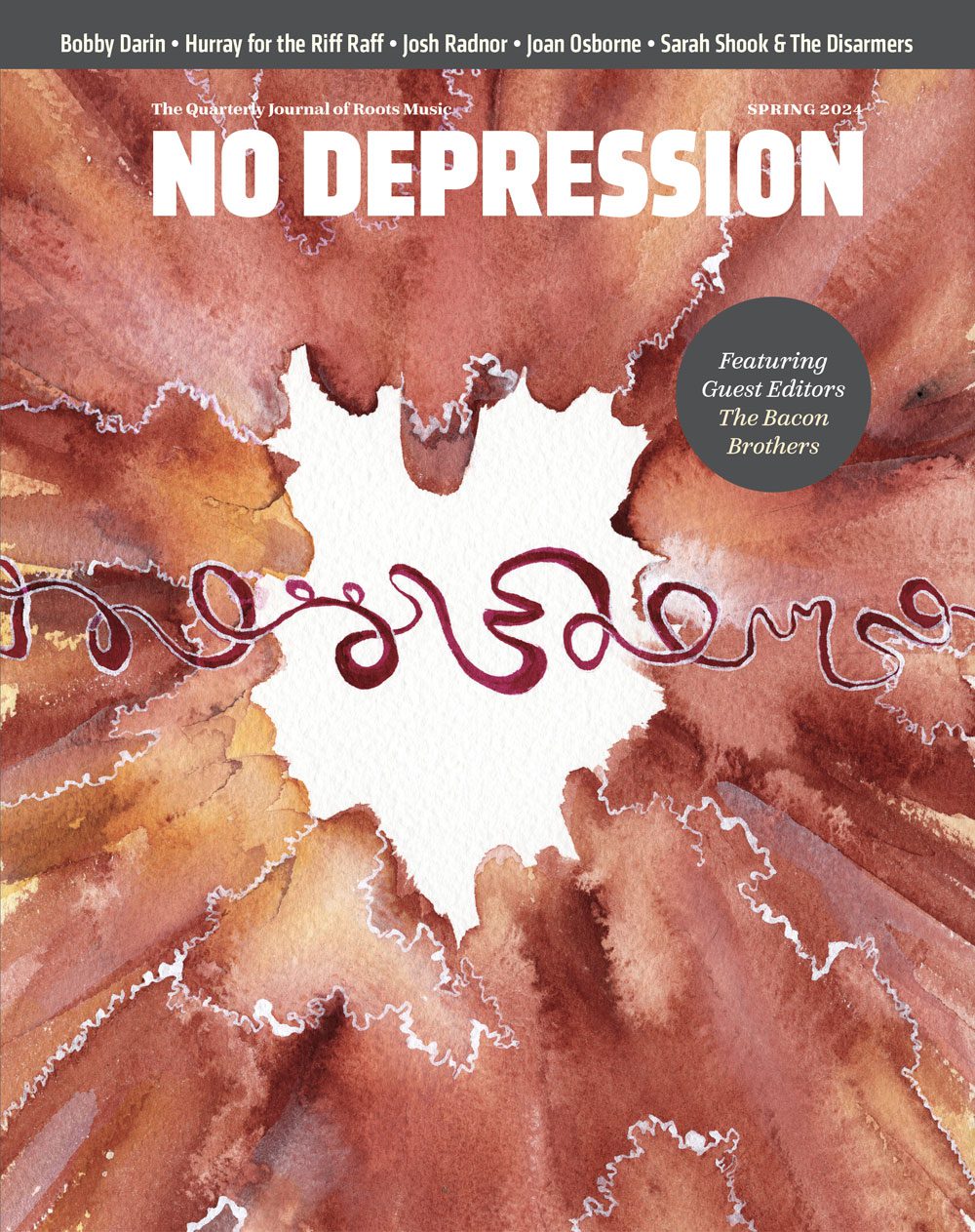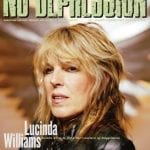Norfolk & Western – Younger than that now
It would be easy to dismiss Norfolk & Western as just another band in a long line of self-consciously antiquated alt-country acts (see Woven Hand, et al.). Consider the evidence: the gramophone they used to play onstage; their fondness for spindly, disjointed folk; the official band photos featuring members in modified Dust Bowl gear, solemnly clutching banjos, as if staring out from an old engraving, or the casting sheet for a Coen brothers film.
Lead singer Adam Selzer, afraid that things were getting out of hand, recently put away Norfolk & Western’s biggest tell, his once-ubiquitous Tom-Waits-in-Ironweed fedora. “I think we’re definitely getting away from that old-timey thing,” he says. “It was [never] really a conscious effort like, ‘Let’s be all old-timey.’
“Maybe it was just what kind of clothes we had, and the fact that I do like old things….We used to have a gramophone onstage, just because I liked the visual and the aesthetic of it. But that just becomes what you’re known for. I think our new songs are definitely less that way.”
Norfolk & Western’s fifth official album, The Unsung Colony, is an impeccably crafted lo-fi country-folk disc outfitted with everything from mallets to violas to film projectors. It may put you in mind of recent releases by fellow Oregonians M. Ward and the Decemberists, who do more accessible and less fragmentary — though not necessarily better — versions of the same thing, and with whom Norfolk & Western are hopelessly intertwined: Selzer plays guitar and bass in Ward’s band, Norfolk & Western drummer Rachel Blumberg plays drums for Ward (until recently, she also drummed for the Decemberists), and both acts have recorded at Selzer’s Portland studio, Type Foundry.
Selzer and Blumberg currently play in Ward’s touring band, a gig that, for now at least, is easily as profitable as Norfolk & Western, if not more so. “It would definitely be nice if we got a little bit bigger,” says Selzer. “I’m not looking to be like really huge or anything, and I’m not sure if we’re really capable of that. But it would be nice to sell more records and have more people come to our shows. But we’ll just keep doing it till it doesn’t feel right anymore. Even now, we’ve been a band for years and I still feel like we’re slowly building. It’s definitely getting better. But it’s a slow train.”
Norfolk & Western, named after the long-defunct railway of the same name, began as a one-man band. Selzer, veteran of a math rock band you’ve likely never heard of, moved to Portland after college, started up Type Foundry, and began working on what would become the first Norfolk & Western disc, 2000’s Centralia.
Norfolk & Western gradually evolved into a collective, with members added and subtracted at an occasionally alarming rate. “When I started, it was just me,” Selzer recalls. “But eventually we played some songs with a four-piece band; then Rachel and I did a tour opening for the Decemberists as just a duo. It’s always kind of changed a little bit, but it never felt strange. It always felt like a natural evolution.”
Norfolk & Western is now at least nominally a seven-piece. Tours feature only as many members as the band can afford to send out, but everyone contributes songs and instrumentation to the records, which have become exercises in reductivism, with Selzer whittling everyone’s contributions into a more manageable whole. The band is now a big, unwieldy thing, with Selzer as its chief singer, songwriter, recording engineer and ringmaster.
“I certainly don’t tell anyone what to do, but I deal with [management stuff], with logistics and decisions,” he says. “As far as music goes, I don’t really consider myself the leader. It’s definitely more of a collective. I guess I’m the leader by default.”
Seldom have this many people made this little noise. The Unsung Colony is mild and lovely and strange, a spartan mix of muted guitars and trumpets and logy folk. Unlike the group’s past few albums, which tended to prize atmosphere and gnomic lyrics over things such as narrative, Colony features more recognizable song structures.
“It’s definitely not, like, a concept album,” says Selzer. “But the last couple of years I’ve been more interested in writing in a narrative style, telling a little story in three minutes. It’s hard, but it helps me identify with the song better, instead of being more abstract, stream of consciousness, poetry kind of stuff.”
It makes the band’s live shows a lot less complicated, too. “It’s easier for me to remember the words this way,” he admits. “Sometimes I [would] have to make up a line on the fly, but with the new songs it’s a lot easier. I feel like more of a storyteller.”




